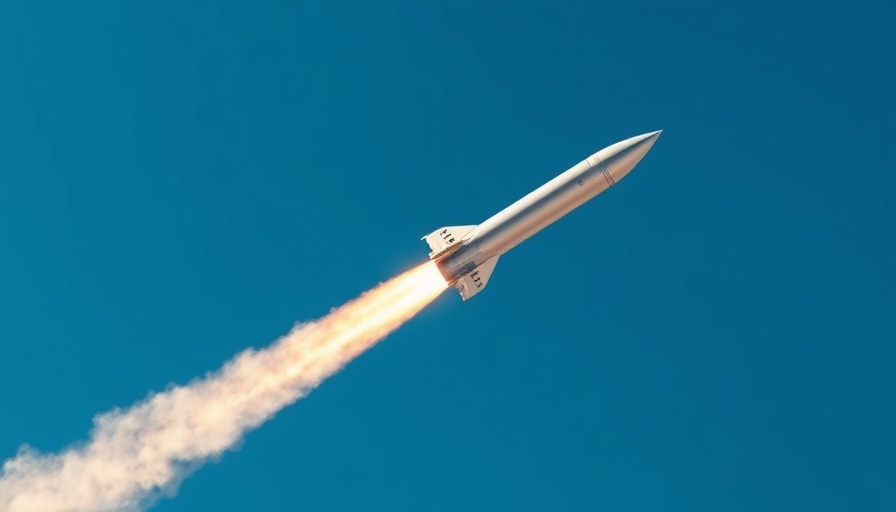
SpaceX's Historic FAA Approval: What Does It Mean?
On May 6, 2025, the U.S. Federal Aviation Administration (FAA) granted SpaceX permission to significantly ramp up its Starship launch operations from its South Texas facility, located at the heart of the newly established Texas city near Brownsville. This pivotal decision, based on a thorough final environmental assessment, increases the number of permitted launches from 5 to 25 annually, marking a substantial milestone in the evolution of commercial spaceflight. Alongside this, SpaceX is now also allowed to conduct 25 landings per year for both stages of the Starship — the Super Heavy booster and the upper stage spacecraft, simply known as Ship.
The Vision of Mars Colonization
Elon Musk and SpaceX envision Starship as a key player in making Mars settlement a reality, transforming humanity’s dreams of interplanetary travel into feasible plans. This reusability-driven massive vehicle is engineered to transport crew and cargo to the Moon, Mars, and beyond, establishing a sustainable human presence on other celestial bodies. According to industry reports, if the company successfully executes the launch schedule, it could accelerate the timeline for missions to Mars significantly.
Pioneering Innovation in Launch Cadence
In addition to the heightened launch capacity, the FAA’s environmental assessment did not require an Environmental Impact Statement (EIS), underscoring SpaceX's impressive ability to conduct operations within environmental guidelines while pursuing extensive innovation. Starship has demonstrated its capabilities through eight flights to date, with two of these occurring in the early months of 2025. Despite challenges, including the upper stage's failure during flight tests, Super Heavy's strong performance has provided technical assurances for future missions.
The Path Ahead: What to Expect Next?
As SpaceX prepares for its ninth flight of Starship, experts predict an exciting phase ahead. Continued engine tests of both the Super Heavy and Ship stage indicate the readiness for an upcoming launch. While the specific timing remains unconfirmed, this next mission represents a crucial step toward achieving SpaceX’s ambitious goals.
For keen observers of aerospace technology, the FAA's approval signals a new era of rapid advancement in space exploration — one that holds promise not just for SpaceX but for the entire industry. Enhanced launch frequency caters to increasing commercial space demand while reflecting a shift toward more aggressive timelines for exploration goals.
Counterpoints: Challenges Ahead
Despite the excitement surrounding multi-launch operations, SpaceX must navigate significant challenges. Critics may argue that fast-tracking space missions can lead to oversights regarding safety and environmental protocols. With the dramatic increase in frequency, assessments regarding noise pollution, ecological impacts, and safety procedures must remain rigorous to ensure responsible exploration practices.
Conclusion: The Future of Space Exploration
The news of SpaceX’s FAA-approved expansion of Starship operations is a clear indicator of the shifting dynamics in space exploration, reinforcing the trajectory toward a burgeoning commercial space industry. As SpaceX pushes the boundaries of what's possible in innovation and recovery, it not only sets the stage for a new wave of technological advancement but also inspires future generations to look up at the stars — pondering the questions of tomorrow.
 Add Row
Add Row  Add
Add 




Write A Comment